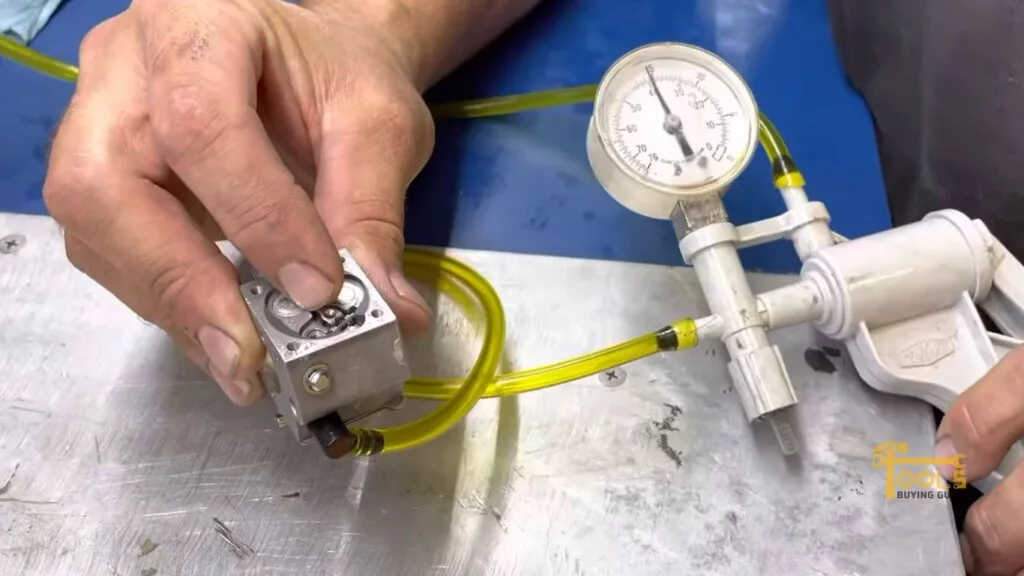
A chainsaw’s ability to run is dependent on many factors, including fuel delivery. Carburetors are responsible for delivering the proper fuel mixture to power a chainsaw engine. Over time, chainsaw carburetor components can become clogged with debris or gum from old gasoline, creating starting and running problems because of improper fuel delivery.
A dirty carburetor for a chainsaw can lead to several problems, including poor performance and even engine failure. Luckily, cleaning the carburetor is a relatively easy task that can be done in just a few minutes.
This article will teach you how to clean a carburetor using a few simple tools and some fresh gasoline.
How Does a Chainsaw Carburetor Work?
A carburetor is responsible for mixing gas with air to provide an engine with the proper amount of fuel mixture. Carburetors are used in many engines, including those found on lawnmowers, chainsaws, ATVs, and other small engines.
A carburetor works by siphoning fresh air into the intake manifold through a Venturi tube. As the air flows through the Venturi tube, it speeds up and causes a decrease in air pressure. This decrease in pressure pulls the fuel from the carburetor’s fuel bowl and into the airstream. The higher the engine speed, the more power is drawn into the airstream.
When the air/fuel mixture reaches the engine, it is ignited, and the engine powers up.
Symptoms of a Dirty Carburetor
A dirty carburetor can cause several problems, including poor performance, hard starting, and engine failure. Some common symptoms of a dirty carburetor are listed below.
Fuel leakage

A dirty carburetor can cause fuel to leak from the air intake or the fuel bowl. This can often be identified by a pool of gas under the chainsaw and gas on your hands after refueling.
Hard starting
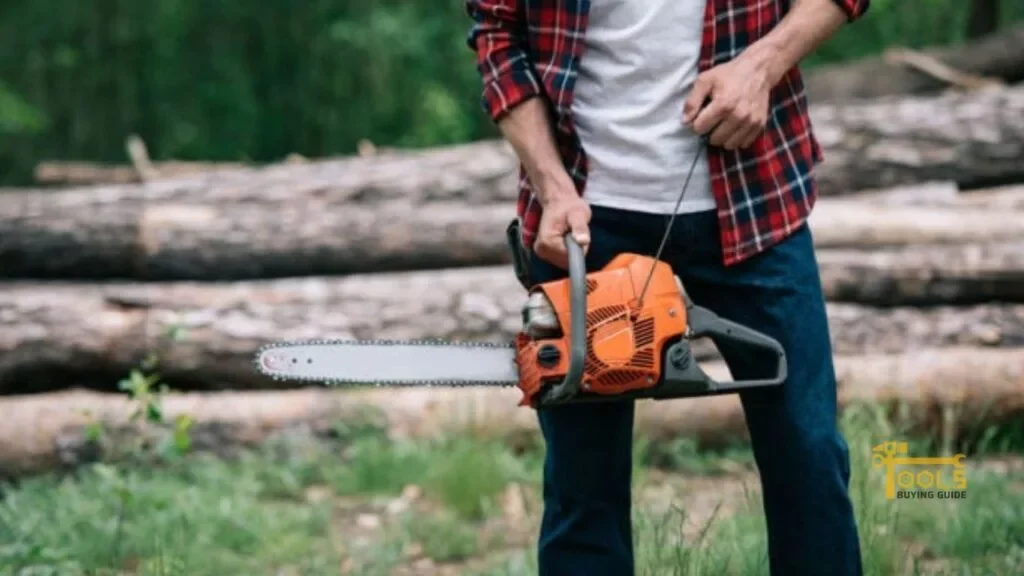
Dirty carburetor components can make it difficult for an engine to start. This is most common when debris or gunk is in the main jet (the orifice that controls the fuel mixture). If this is clogged, the engine will have to work much harder to draw fuel into the airstream. This can often be identified by flooding after repeated attempts at starting.
Failing to run
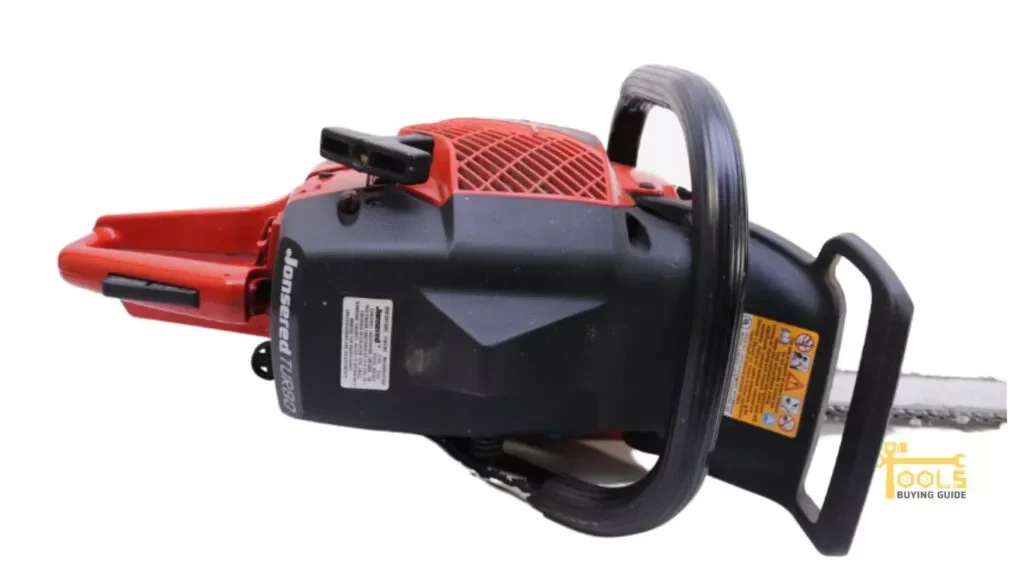
A dirty carburetor can cause an engine not to run at all because of improper fuel delivery. If this is the problem, you will likely smell gas fumes when starting the engine.
Poor performance
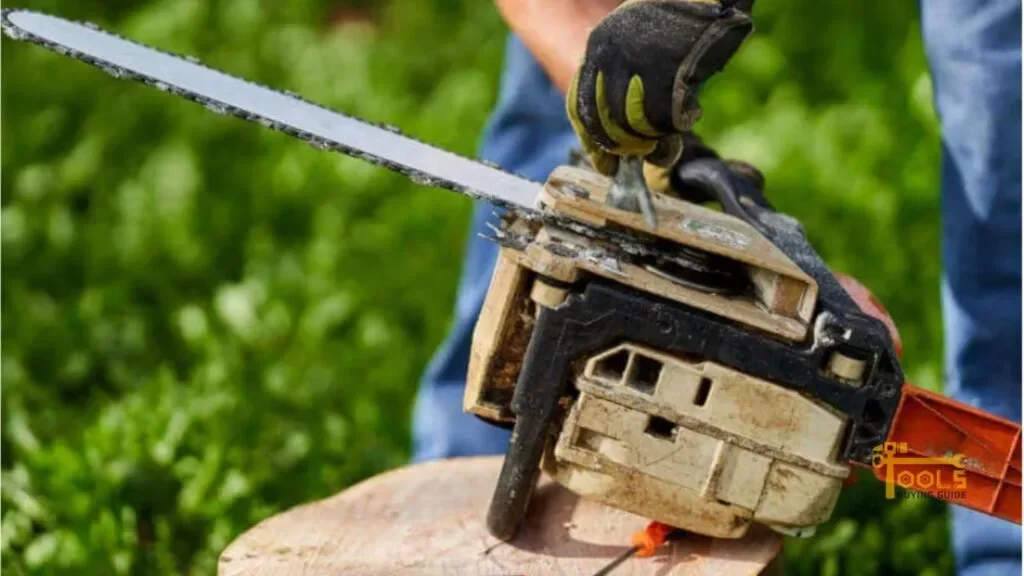
Dirty carburetor components can also lead to a decrease in engine power. This is most commonly caused by a clogged idle jet, which restricts fuel flow to the engine when it is idling.
What do you need to clean a chainsaw carburetor?
For chainsaw carb cleaning, you need a few simple tools and some fresh gasoline. You’ll need a Phillips head screwdriver, a small flathead screwdriver, a clean rag, and a can of chainsaw carb cleaner.
Cleaning a chainsaw Carburetor
You can take a few simple steps to clean a chainsaw carburetor. The process generally involves using a few basic tools and some fresh gasoline.
1. Remove the spark plug
The first step is to remove the spark plug so the engine won’t start accidentally. This can be done by using a socket wrench to remove the spark plug boot.
2. Disconnect the fuel line
The next step is to disconnect the fuel line from the carburetor. This can be done by using a pair of pliers to loosen the clamp that holds the fuel line in place.
3. Drain the fuel bowl
Use a screwdriver to remove the screws that hold the carburetor together, then remove the float bowl and drain the gasoline in it into an approved container for disposal. You may need to use a long screwdriver or some other tool to get inside the carburetor to loosen up all the gasoline inside.
4. Remove the bowl gasket
Before removing the main jet, you must first remove the bowl gasket attached to it. This can be done by using a screwdriver to pry it loose. Be careful not to scratch the surface where the bowl gasket sets.
5. Remove the main jet
Use a screwdriver to remove the screws that hold the top of the carburetor together, then remove the main jet. It may be necessary to use a plastic wrench or some other tool to get a good grip on the main jet.
4. Disassemble the carburetor pieces
After removing the main jet, you can separate the rest of the carburetor pieces to better look at them. This can be done by using a screwdriver to remove the screws that hold the carburetor together.
5. Clean all of the parts
Use a brush or some other cleaning tool to clean all of the parts of the carburetor. Be sure to pay special attention to the main jet, the idle jet, the needle valve assembly, and the bowl gasket. You can use chainsaw carburetor cleaner or another solvent to dissolve built-up gunk on these parts.
6. Reassemble the carburetor
After cleaning all of the pieces, reassemble them into their original positions by reversing the steps you used to take them apart. Pay special attention to the order of assembly since some carburetors are assembled in a certain way to ensure proper fuel delivery.
7. Reattach the fuel line
Use a pair of pliers to reattach the fuel line clamp that you loosened earlier by tightening it up. This can be done by using a pair of pliers to hold the clamp in place and then tightening the screw with a screwdriver.
8. Reconnect the spark plug
Reattach the spark plug by screwing it back into place with a socket wrench. This can be done by using a socket wrench to hold the spark plug boot in place and then tightening the spark plug with the wrench.
9. Fill the fuel tank
Fill the fuel tank with fresh gasoline by using a funnel to pour it in. Be sure to use a clean, approved container to store the gasoline.
10. Start the engine
Start the engine by pulling the starter cord. Let it run for a few minutes to warm up if the engine starts. If the engine doesn’t start, check the spark plug to ensure it is properly connected and has a good spark.
If the engine still doesn’t start, there may be something else wrong with it, and you should take it to a professional mechanic for repair.
How to Clean a Chainsaw Carburetor Without Removing It?
Cleaning a chainsaw carburetor without removing it is possible. It may be necessary to remove the air cleaner element first since some brands are designed with the cover removable to allow access to the carburetor for cleaning.
- 1. Remove the plastic cover: Simply lift off or pry open the lid of the air filter housing, exposing the carburetor.
- 2. Clean the outside of the carburetor: Use a brush or compressed air to clean the outside of the carburetor.
- 3. Clean the inside of the carburetor: Spray cleaner into the carburetor throat and let it sit for a few minutes to dissolve any built-up gunk.
- 4. Reassemble and reattach the air cleaner: Replace the air cleaner cover and secure it in place. Be sure to snap it or screw it closed, not just push it into position.
- 5. Start the engine and check for proper operation.
If the engine still doesn’t start, there may be something else wrong with it, and you should take it to a professional mechanic for repair.
The Best Carburetor Cleaners
Here are some of the best carburetor cleaners on the market:
- super-tech carburetor cleaner, VOC-compliant
- poulan pro chainsaw carburetor cleaning
- carb smoke and valve cleaner
Safety precautions to take while operating a chainsaw
- While operating a chainsaw, it is important to always be aware of what you are doing. You should wear protective gear such as boots, gloves, helmets, and eye protection. Since the saw chain rotates quickly, you should never touch it or get close to it since this could cause serious injuries.
- You should also be aware of your surroundings and never operate the chainsaw near trees, homes, power lines, or other people. Be sure to read the owner’s manual carefully before using a chainsaw to be familiar with all of the safety precautions.
- If you are not comfortable operating a chainsaw, it is best to leave it to the professionals.
- Always be aware of your surroundings when using a chainsaw.
- When using a chainsaw, you should always wear protective gear such as boots, gloves, and a helmet.
- Never touch the saw chain while it is rotating.
- If you follow these simple precautions, you can safely operate a chainsaw and avoid potential injuries. Remember to always use common sense when working with dangerous tools.
Frequently Asked Questions
Stihl chainsaw carburetor cleaning is a common tune-up that can be done on most Stihl chainsaws. It involves removing the air filter, loosening the bowl screw, and spraying a special carburetor spray into the engine’s throat. This process is typically done to remove buildup from a machine.
It is possible to clean a 2-stroke carburetor without removing it. It may be necessary to remove the air cleaner element first since some brands are designed with the cover removable to allow access to a clean chainsaw carburetor.
To clean a 2-cycle carburetor, you will need to remove the air cleaner element and loosen the bowl screw. You can then spray a special carburetor cleaner into the engine throat and let it sit for a few minutes to dissolve any built-up gunk.
Conclusion
Remember to always use common sense when working with dangerous tools. If you follow the above simple precautions, you can safely operate a chainsaw and avoid potential injuries. Be sure to read the owner’s manual carefully before using a chainsaw. If you are not comfortable operating a chainsaw, it is best to leave it to the professionals.
We hope this article was helpful. Please feel free to leave any comments or questions below. Thanks for reading.
Read More About Chainsaw for Cutting Trees


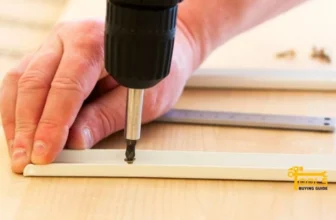
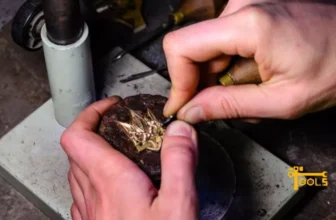
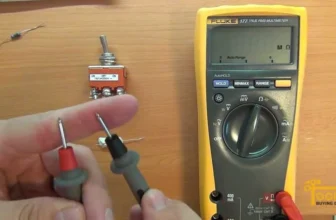
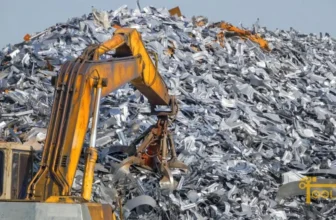
[…] in poor engine performance. In this article, we will provide you with a step-by-step guide on how to clean a chainsaw carburetor, enabling you to keep your chainsaw running smoothly and […]
[…] final step in chainsaw porting is to polish and clean the ports. Start using a cloth or paper towel to wipe off any residue inside the ports. Then, use a […]
[…] keeps you cool while working. The noise reduction rating of 26 dB ensures you remain safe from loud chainsaw noises. This 5 in 1 safety helmet also meets the ANSI Z89.1-2003 standard, making it a reliable […]
[…] clean up the cutting area by removing any remaining debris. This will help ensure a safe and organized […]
[…] using a new or sharpened bit, test it on a scrap piece of material. This will help you get a feel for the bit and make sure it’s working […]